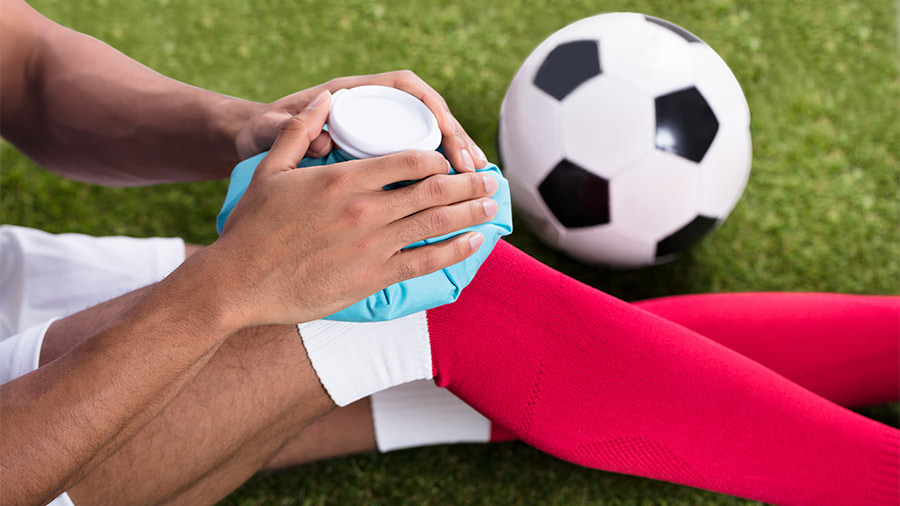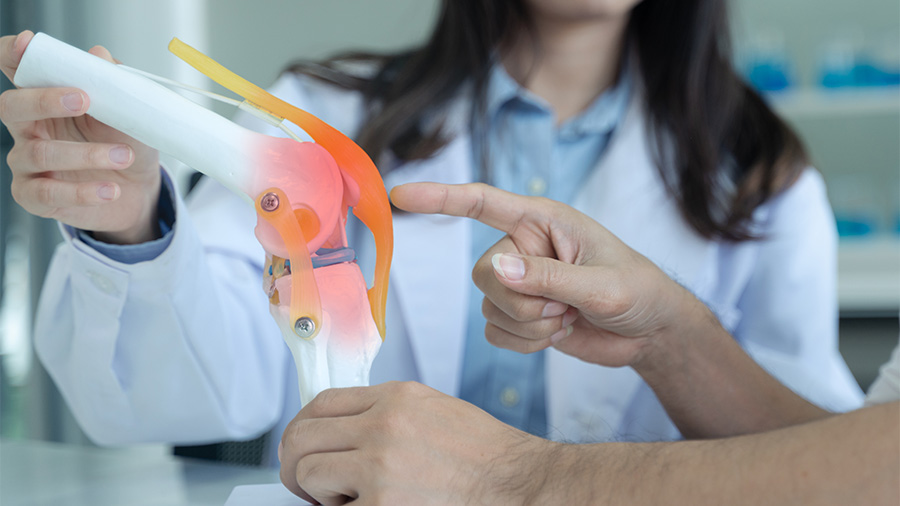Sports medicine ensures sound minds have sound bodies

I heard a distinct popping sound in my ear while I was trying to restrain the ball from the goal.
In a few seconds, everyone on the field including the referee was gathered around me.
A stretcher came and I was taken to emergency service. The doctors did an x-ray followed by an MRI which showed ‘ligamentous injury.’
This situation might sound familiar. Many people play or watch sports—some are even addicted to them.
Greek philosopher Thales famously described ‘a sound mind in a sound body,’ which illustrates the important connections between physical exercise, mental health, and wellbeing.
Sports can strengthen bones and muscle tone as well as help us understand the value of teamwork and discipline. And despite the sedentary, media-consuming habits of generations young and old, millions of dollars are generated every year by US-sports leagues 1.
Thus, in a multimillion-dollar business where teams are the main attraction, it is important to keep players healthy. Sports medicine and sports science have become well-established fields with achievements in improving players’ abilities, decreasing the risk of injury, and treating injuries that occur.
Specially trained sports physicians operate with the goal of overseeing athletes’ health so they may give their best during game time 2. Sports medicine physicians and physical therapists work closely together to establish personalized rehabilitation plans, ensuring the athlete returns safely to playing their best without risking a relapse.
Every sport involves different patterns of injury, and the differential diagnoses and treatment plans used mostly depend on the type of physical activity the patient performs. Due to the unique demands of different players, teams, and types of sports, sports medical professionals provide a range of services, including nutrition advising, basal conditioning, training program development, recovery management, and guidance on injury prevention 3.
Cardiac, pulmonary, and vascular evaluation are significant considerations for athletes, as any medical issue can put the integrity of the individual and their performance at risk. Determining the player’s weight is critical for identifying signs of metabolic disturbance, as it can be exacerbated by any increase in physical demands. It’s also important to understand that in a situation like the one mentioned at the beginning of this article, a case of torn ligament, there is no possibility of bypassing the recovery time.
Sports physicians don’t just cater to professional or high-performing athletes. Amateur athletes and those frequently performing sports require the work and attention of those who understand traumatology and orthopedics as well as nutrition, sociology, and psychology.
Whether we’re supporting players on the field by watching and cheering them on or by providing healthcare that keeps them in the game, we must do our best to ensure sound minds have sound bodies.
Explore AO Sports NA webinars and live events
References:
- Eisenmann J. Translational gap between laboratory and playing field: new era to solve old problems in sports science. Transl J Am Coll Sports Med 2017; 2: 37–43. DOI: 10.1249/TJX.0000000000000032
- Lippi G, Guidi GC, Nevill A, Boreham C J, The growing trend of scientific interest in sports science research. Sports Sci. 2008 Jan 1; 26(1):1-2.
- Ambra MD, The Benefits of Sports Medicine, Orthopedics and Sports Medicine: Open Access Journal, http://dx.doi.org/10.32474/OSMOAJ.2018.01.000113
Related pages
Failed Instability Surgery: Revision Repair vs Arthroscopic Glenoid Reconstruction with Distal Tibial Allograft
Drs. Amir Moinfar, Amon Ferry, and Scott Sigman
Failed Rotator Cuff Repair: Revision Repair vs Subacromial Balloon Spacer
Drs. Brent Ponce, David Weinstein, and Amon Ferry

